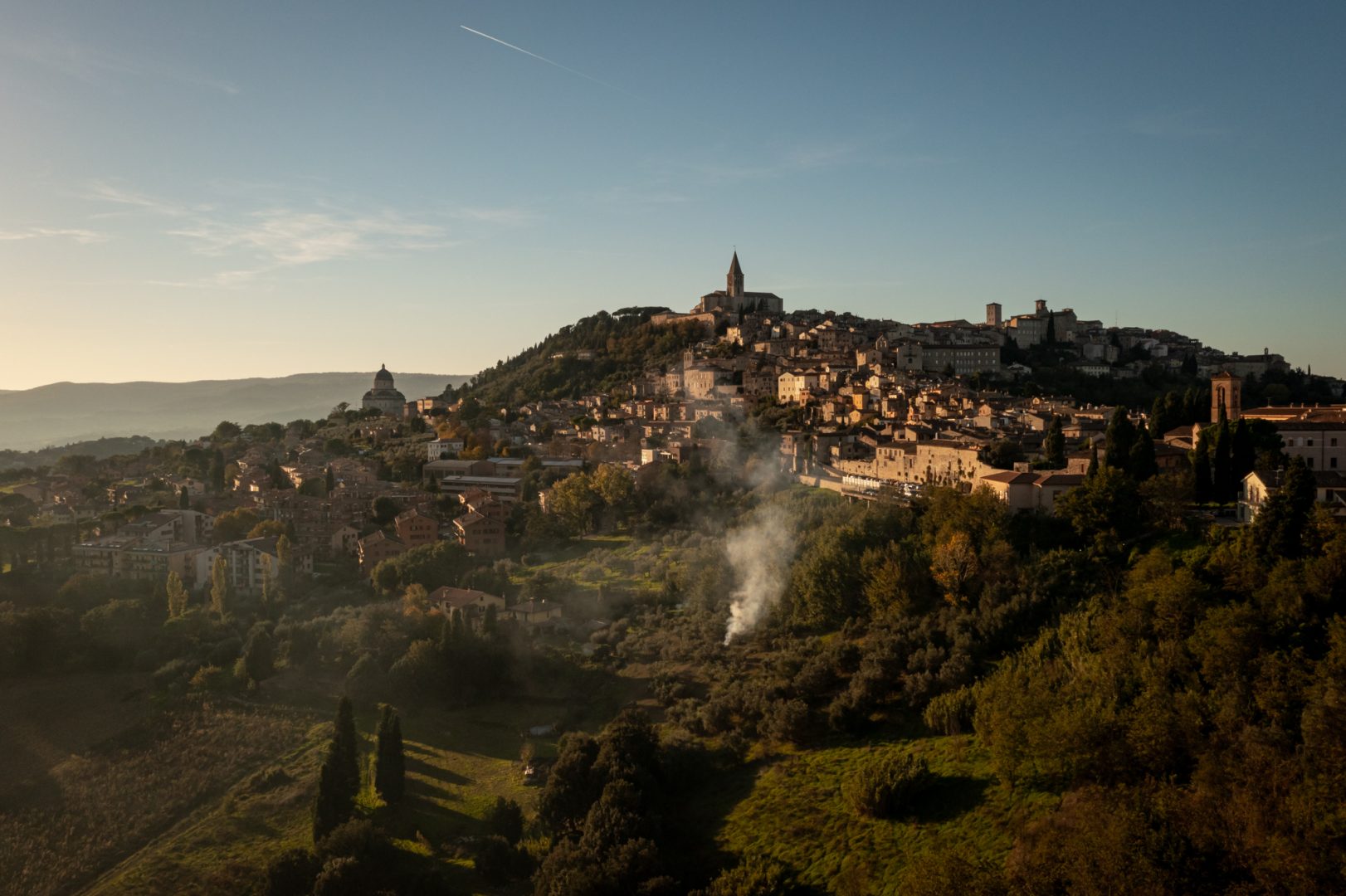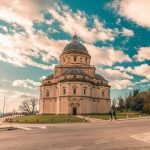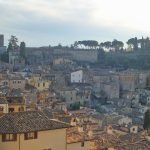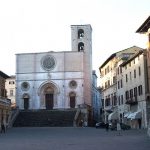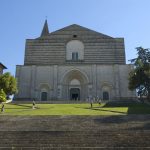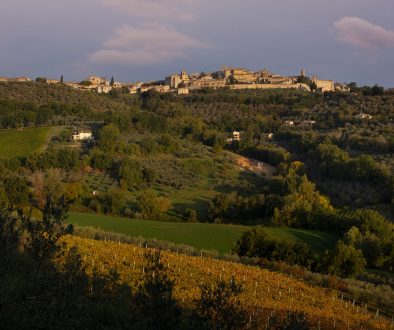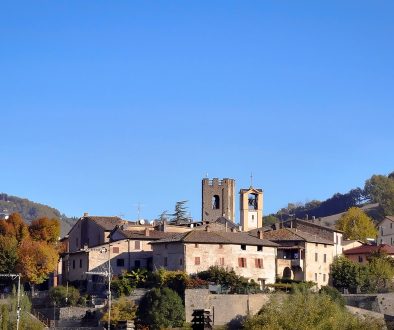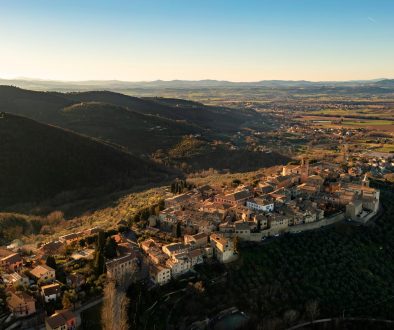Discovering the City of Todi
Todi is a city rich in history: of Umbrian origin, it came into contact with the Etruscan civilization that thrived on the right bank of the Tiber. In Roman times, it was a colony and a municipality. Thanks to its hilltop position and solid defense system, it was spared the destruction of the barbarian invasions and was able to continue living in relative tranquility even during the turbulent times of the Early Middle Ages. In the 12th century, it became a free commune, ushering in a very prosperous period during which the city was enriched with valuable monuments. Its independence did not last long due to the constant battles against Spoleto, Orvieto, and Narni, until, in the 16th century, it became part of the Papal States, under whose rule, except for the Napoleonic period, it remained until 1860.
Todi is surrounded by three concentric rings of walls, which testify to the expansion of the city during the Umbrian-Roman, Roman, and medieval periods, respectively.
Just before entering the historic center, you’ll find the imposing Church of Santa Maria della Consolazione, one of the finest Renaissance buildings in Umbria.
In the heart of the city, you can admire the splendid Piazza del Popolo, one of the most beautiful in Italy, lined with both secular and religious buildings: the Palazzo del Popolo, also known as Palazzo Vecchio, one of the oldest municipal buildings in Italy, built between 1214 and 1228, and the Palazzo del Capitano (late 13th century), known as Palazzo Nuovo, in Gothic style.
A 17th-century overpass connects the two buildings, which today house the town hall and municipal museums.
The 12th-century Duomo, later enlarged, opens at the top of a steep staircase and features a splendid central rose window on its façade. Inside, Ferraù Fenzoni’s Last Judgement is worth seeing on the counterfaçade.
A work of considerable artistic value, the Temple of San Fortunato (13th-15th centuries) sits atop an imposing staircase and is a remarkable example of Umbrian Gothic style. Inside, the crypt holds the remains of the friar-poet Jacopone da Todi, the most representative religious poet of the 13th century, and those of the city’s patron saints: Fortunatus, Callixtus, Cassian, Degna, and Romana.
From Piazzale IV Novembre, the highest point in the city, where the ruins of the fortress destroyed in 1503 are located, you can admire a splendid view of the Tiber Valley and the entire countryside below.
Contacts:
Tourist Information and Reception Office: Piazza del Popolo, 29 – 06059 Todi (PG)

